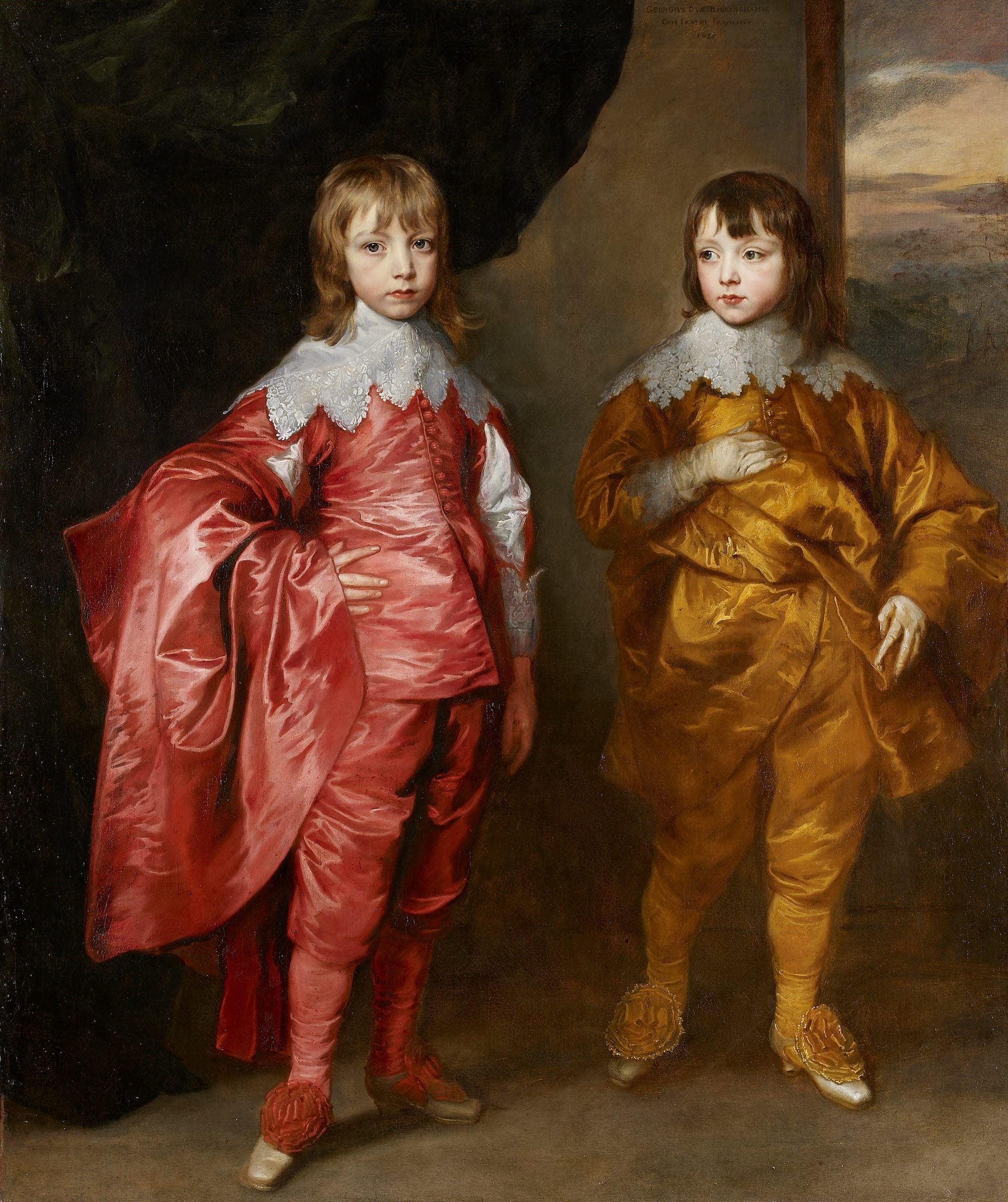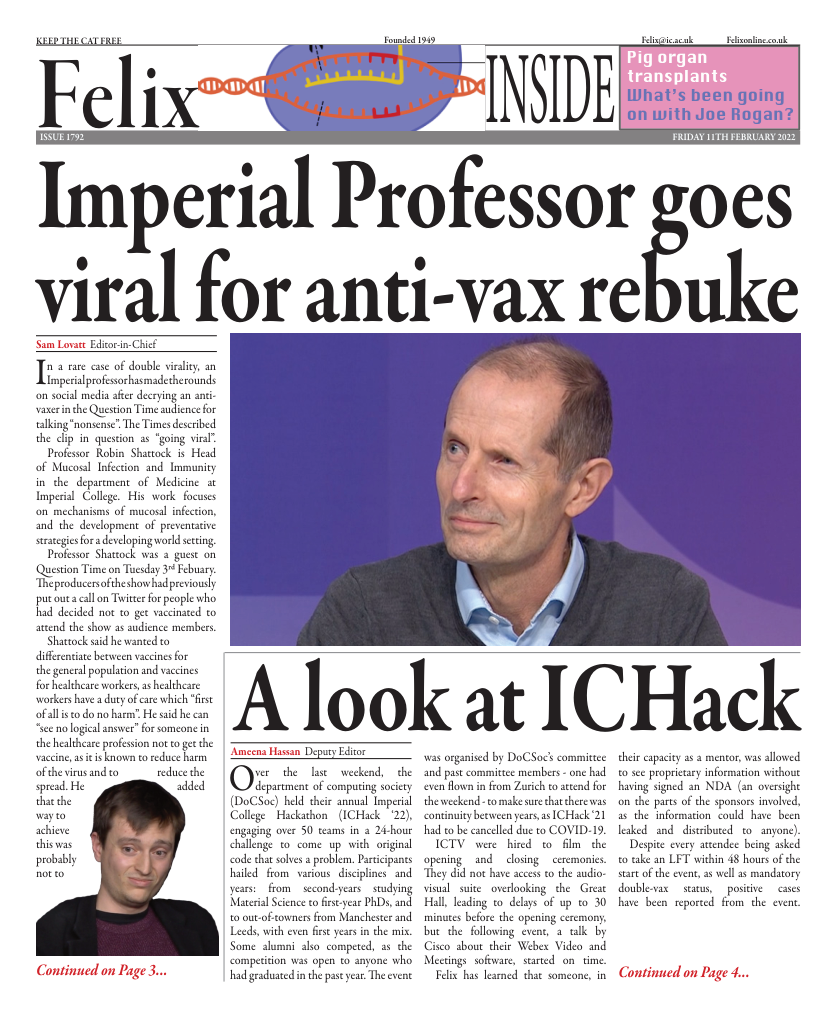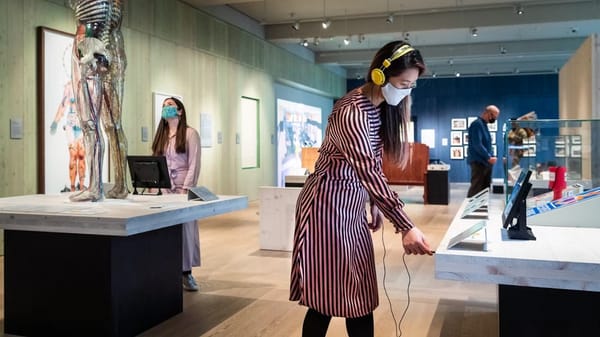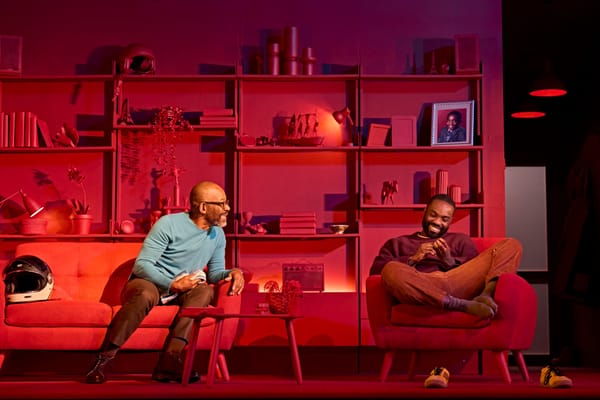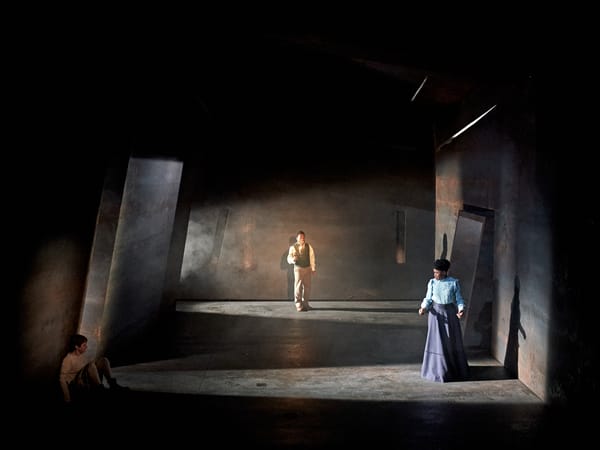Blue is the season’s colour
Tis the season of portraits at the National Gallery!
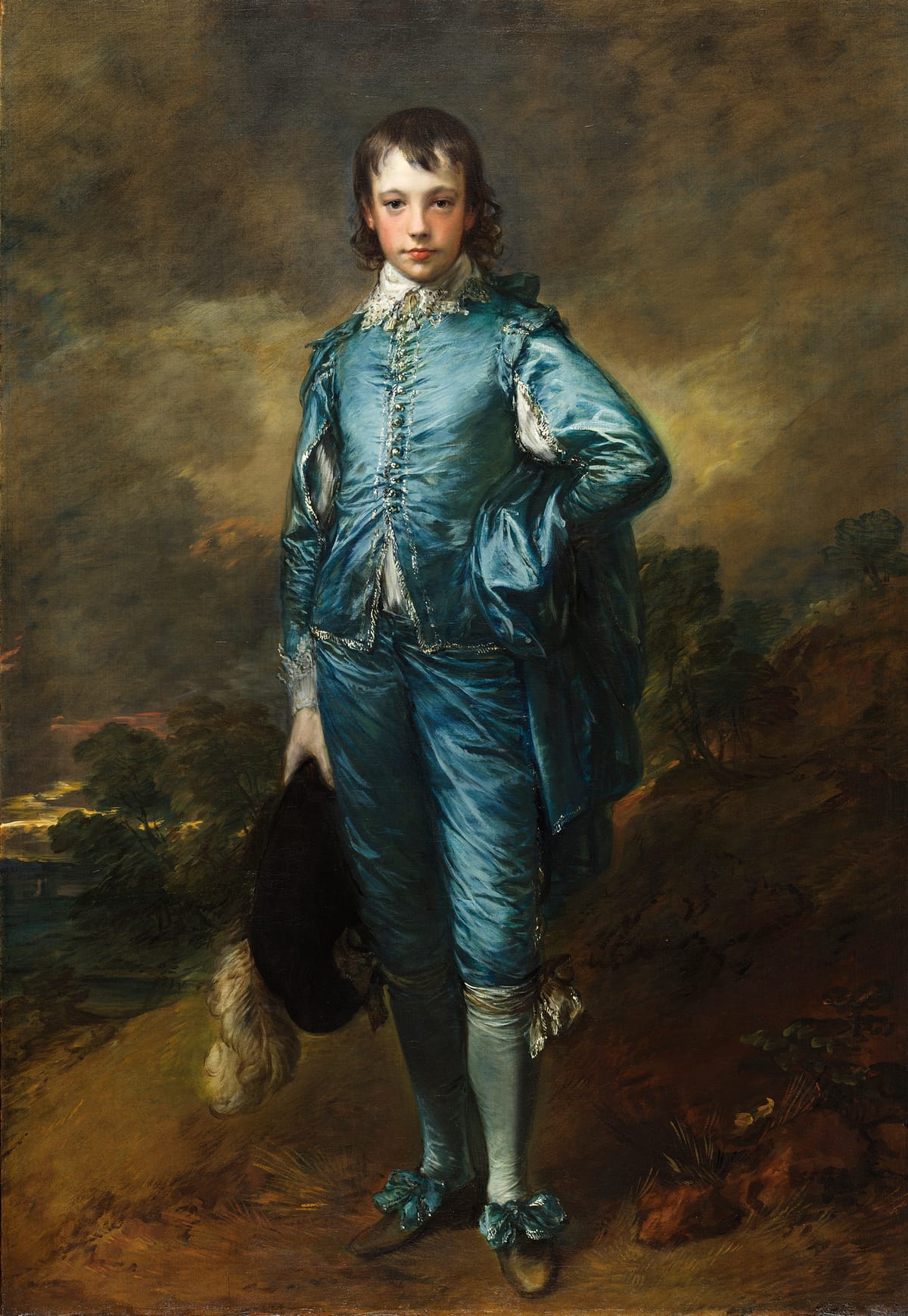
Tis the season of portraits at the National Gallery! Anyone who has been to it over the last few months will recognise the reorganised Central Hall — replete with full length portraits by Van Dyck, Thomas Gainsborough, and Joshua Reynolds. This reorganisation–much like the renovation of The Julia and Hans Rausing Room (room 32) the year before–has given the central foyer area a breath of fresh exuberance and grandeur as you head into the gallery.
Now, Gainsborough’s The Blue Boy, the lost ‘National Treasure’ that made its way to the New World (sold to Huntington Gallery) a hundred years back to the date, sits adjacent in the temporary exhibition room (Room 1). Masked by 4 paintings (two on each side) of his fellow compatriot Joshua Reynolds and inspiration Van Dyck, the exhibition is rooting to pull all focus on Gainsborough’s boy. Central – tall – smug — he stares at us as we enter the room, immediately forced to decipher what he is trying to say.
Any visit to this exhibition, thanks to the main entrance being moved to the Sainsbury wing and the one-way routing (a grace a COVID), brings the viewer through the aforementioned Central Hall and the Dutch portraiture section (in the Rembrandt and Van Dyck rooms earlier on in the gallery route). In a sense, despite the lack of a traditional exhibition narrative in this small ‘single painting’ exhibition, the layout lends itself perfectly well to elevate the exhibition to feel like it is telling a story of more than one room, more than one artist, and more than one milieu!
Gainsborough adored Van Dyck. Painstakingly reproducing over 40 of Van Dyck’s work in a search to emulate the great Dutch portraiture master and find similar patronage in England. Much like Turner’s obsession with Claude, this was one of reverence and a lot of catch-up in the beginning! Van Dyck, a pupil of Rembrandts’ school, revolutionised portraiture and enjoyed unparalleled appeal in Britain.
It is thus no surprise that elements of this painting, touted as Gainsborough’s most popular work, are borrowed heavily from Van Dyck. Much has been made of the blue colour of the garment and the strong red background. Running against the grain of contemporary portraiture techniques, these elements are incorporated masterfully with both a touch of reverence to Van Dyck (who adored the garment and the colour, repeatedly using it in his own work) and as statement of confidence to the academy! This painting, in that sense, was much more a statement than it was a piece of art. Years of perfecting the Old Master — and finally delivering his chef d’oeuvre.
The frame is as elaborate and eye catchy as the painting. In fact, this whole facade is one crying out for attention. The silvery strokes look very real, and in a sense much more appealing and in cordon with the rest of the colours in-person than it appears digitally. The dark shades of the garments and the bushy trees in the background, that look just as though they are wavering to a storm, evoke passages of Wordsworth in the viewer’s mind.
But the composure of the painting with its huge contrasts is geared to draw attention to the muse, Gainsborough’s Blue Boy. The background, its wonderfully centred lighting, the detail on the shoes is all an afterthought. The focus is to be on this kid — looking right at us, with an arrogance sans malintent, that appears at puberty and disappears just as soon with age. I suppose despite all the story behind it, it is this fleeting emotion rendered on the painting that brings us back to it. Gainsborough’s The Blue Boy — the unashamedly blue poster boy of all adolescents unwillingly dragged up in Victorian cloths to be dressed up and accorded to the annals of history.
The paintings’ loss (sale? It was after all the most expensive painting when it was sold in 1922) was derided then as a loss of one of the nation’s finest treasures… which is not much of an overstatement at all. Gainsborough’s unnamed unknown boy stands smug as we bid adieu, confident in having expounded the artists talent to the world. On par (just) with Van Dyck and his ilk… he is back in Britain to finally share the stage with his compatriots again after 100 years! 90,000 are said to have thronged it in the last few days before it was packed off to America. I wonder how many turn up now. I hope it is more. For the blue boy’s sake and for that of modern British art!
Ah - it is always lovely to catch reunions, isn’t it?
